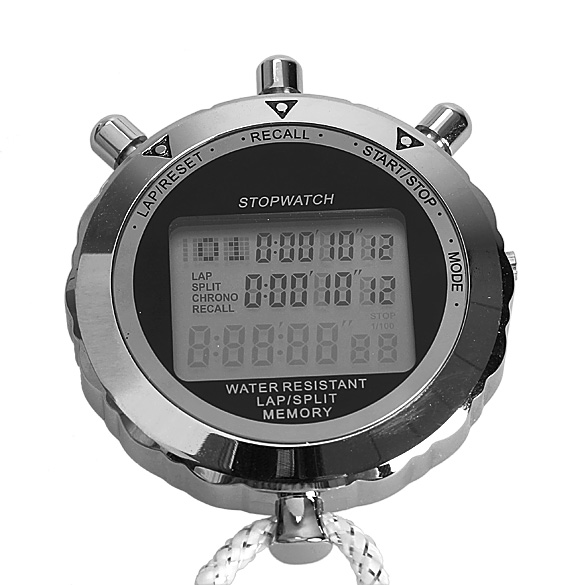I talk a lot about integration in my teaching—about the inter-relationships between the Five Mountains of training, which are the framework of our Unbeatable Mind philosophy. Considering the demands on our time in this day and age, an ideal training session is one where we are able to touch on each of the Five Mountains: Physical, Mental, Emotional, Intuition, and Spirit.
The signature quality of a complete Warrior Yoga session (for example) is that it integrates the entire spectrum of training for the Five Mountains in the pursuit of self-mastery.
Within this integration, there’s a lot of crossover and balance, the balance being the place where we can—day in and day out—achieve the most favorable levels of productivity.
It’s worth saying again: Smart integration leads to this balance. Training one mountain has a supportive effect of the other areas of discipline. Like how physical training has an omnipotent effect on our brain function.
Today I want to illustrate this concept by zeroing in on a single variable to show you how a thing as simple as choosing when you do your physical training can either be favorable or unfavorable to this state of productivity-inducing balance.
You may know Dr. Kirk Parsley, MD, a former SEAL who has also worked extensively with SEALs through the Navy Special Warfare Command. Doc Parsley has become a leading expert on the subject of sleep and makes a detailed argument of why sleep—among key lifestyle factors like nutrition and exercise—is the most important when it comes to health, hormonal regulation and prevention of disease.
In fact, you may already be implementing the tools and techniques that help administer a good night’s sleep. Using blackout curtains, avoiding any kind of digital stimulation (TV, smart phones, even e-readers, all which emit the band of blue light that confuses your brain into thinking it’s daytime) in the immediate hours before going to sleep are going to prevent a kick of hormonal stimulants, like cortisol, that might otherwise make falling to sleep a hard thing to do. Sleep hygiene rituals like this—including a relaxation exercise like box breathing—will help nudge you into the critical deep sleep that you’ve been designed to get in the 2-3 hours first phase of your night.
The same reasoning applies for why you want to avoid a big bowl of ice cream right before you hit the sack. The blast of sugar triggers an insulin spike that takes your heart-rate right with it, potentially poisoning your capacity to slip into a desirable alpha-wave state.
But here’s another factor that might not yet be on your radar: What time of day you do your SEALFIT or CrossFit workout?
While an easy walk or evening ritual-style Warrior Yoga session can actually help you improve sleep, doing a workout like Fran is going to have an altogether different effect. Your body will respond to the high metabolic demands of the workout with an equally potent charge of fight-or-flight-style natural stimulants.
As you can imagine, these don’t lend themselves to a healthy state of nighttime drowsiness.
SEALFIT is (unsurprisingly) a high-intensity workout. If you’ve ever done an SEALFIT workout, or CrossFit workout, or maybe raced a “midnight madness” 5K for a PR, you may have found that when you went to bed you tossed and turned for hours, feeling ridiculously wide awake.
What Doc Parsley recommends is to do a bit of self-experimentation to find out when the best time of day is for your SEALFIT training sessions. Obviously, your work, school or military situation might restrict your flexibility on this, but avoiding early, early morning and late at night is, for most individuals, going to translate in both better workout performance and less disruption to your optimal sleep/wake cycles (aka circadian rhythms).
Why not 4 in the morning? For most, the nature of a high-intensity workout will shift your circadian rhythms so that you’re body is going to start shutting down in the afternoon sometime.
For most of us, locating an SEALFIT workout somewhere between 7 am and 4 pm, in sync with our pockets of free time, is likely going to work best. Do some experimenting with the times you have available and pay attention to how the workout goes, your energy levels throughout the day, and your quality of sleep.
Again, this all gets back to the integration and balance of the Five Mountains—the important relationship of the Yang to the Yin, or the Sun to the Moon, or busting your ass in an SEALFIT Challenge workout and getting a high-quality dose of sleep at night.
Next week will continue drilling down into concepts and strategies to help you boost your overall performance and productivity in 2016.
Hooyah!
Mark Divine
Leave a Reply cancel reply
You must be logged in to post a comment.



No Comments